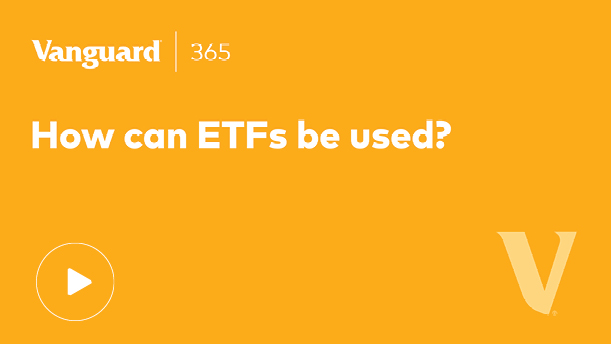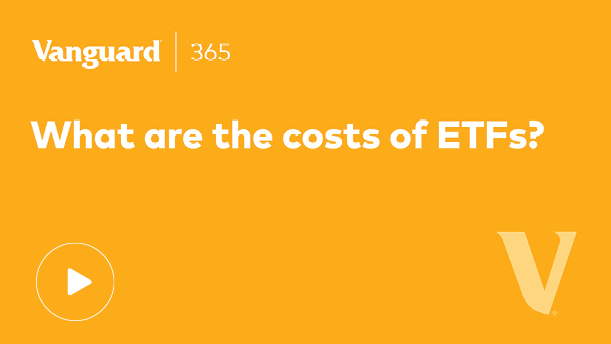Module 1: ETF basics
Learning objectives
This module will educate the reader about the key differences between physical and synthetic ETF structures, detailing the characteristics and advantages of physical ETFs including their transparency, straightforwardness and direct holding of underlying constituents. It will advise the reader on the various approaches used in physical replication, such as full replication, sampling and optimisation, and when each approach is typically employed. In addition, the reader will be given an insight into the risks and benefits associated with physical ETFs, including exposure to counterparty risk and the importance of due diligence in evaluating these funds.
The module will also provide information to the reader about the bid-ask spread cost and operating costs of ETFs. Moreover, it will introduce the reader to the diverse applications of ETFs in short and long-term investment strategies. The reader will be educated on core allocation, portfolio completion, active and passive combinations, liquidity management, transition management, rebalancing, tactical adjustments and overlay management.
Learning outcomes
Upon completion of the module, the reader should feel confident to make informed ETF selection decisions based on their client’s specific needs and investment objectives. They should be able to identify scenarios where physical ETFs are preferable, such as when seeking broad exposure to market-cap-weighted benchmarks or dealing with illiquid securities. The reader should recognise the significance of transparency and how to assess an ETF’s replication technique, including securities-lending-practices. Moreover, they will comprehend the concept of counterparty risk and how it relates to synthetic ETFs along with the advantages and disadvantages of using swaps for index tracking. The reader should have the knowledge and tools to assess the trade-offs between physical and synthetic ETFs and understand how each structure can offer efficient access to different market segments.
In addition, upon completion of this module, the reader should feel proficient in utilising ETFs effectively in different investment strategies based on specific objectives and market conditions. They will recognise the benefits of ETFs in providing fast, precise and cost-effective access to various assets, facilitating diversification and risk management. Finally, the reader should understand how to tailor their investment approaches to meet clients’ needs using ETFs.
Unit 1: What you need to know about physical and synthetic ETFs
Reading time: 10 minutes
This article gives an overview of physical and synthetic ETFs and aims to equip advisers with the information to make the most informed ETF selections.
 Read the article
Read the articleVideo 1: How can ETFs be used?
Watching time: 2 minutes
We explore the different ways that investors can use ETFs in their portfolios.
 Watch the video
Watch the videoVideo 2: What are the costs of ETFs?
Watching time: 2 minutes
Learn about the different costs associated with ETF investing.
 Watch the video
Watch the videoVideo 3: How do ETFs compare with mutual funds?
Watching time: 2 minutes
Find out the key similarities and differences between ETFs and mutual funds.
 Watch the video
Watch the videoModule 1 quiz
Take the Module 1 quiz for 30 minutes of CPD
 Take the quiz
Take the quiz
Other sections in investment knowledge
CPD designed to help you build your practice, market your services and develop your network.
Section 1: Principles of investing
Use our library of resources designed to empower you to make informed decisions, aligning your approach with your clients’ goals. Sound decision-making and ongoing assessment form the backbone of successful investment strategies, fostering long-term trust and engagement.
Section 2: Portfolio construction
Craft tailored solutions, optimise risk management and align portfolios with clients’ unique financial goals by using our comprehensive library of investment resources. Guide your clients towards their financial goals with confidence and expertise.
Section 4: Regulation
Learn about changes to regulations that impact investments and requirements for your clients.
Other Vanguard 365 pillars
Practice management
Tailored content to help you build your practice, market your services effectively and cultivate a thriving professional network.
Client relationships
Empowering you to service your clients' needs effectively, build relationships, create loyalty and achieve new business growth.
Financial planning
Gain access to useful tools, guides and multimedia resources covering diverse topics from risk profiling to retirement planning.